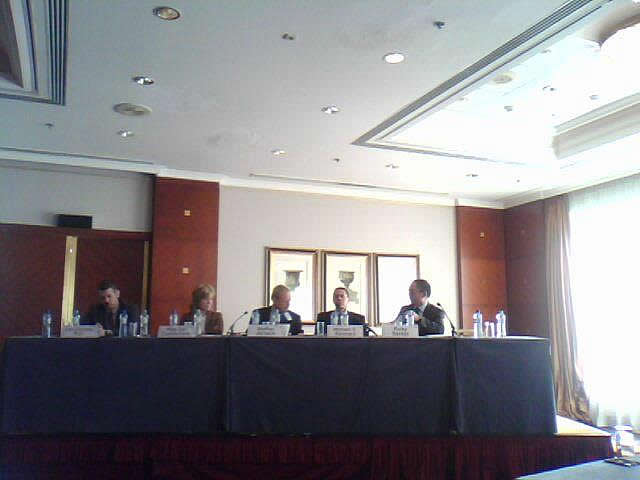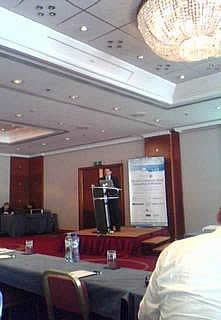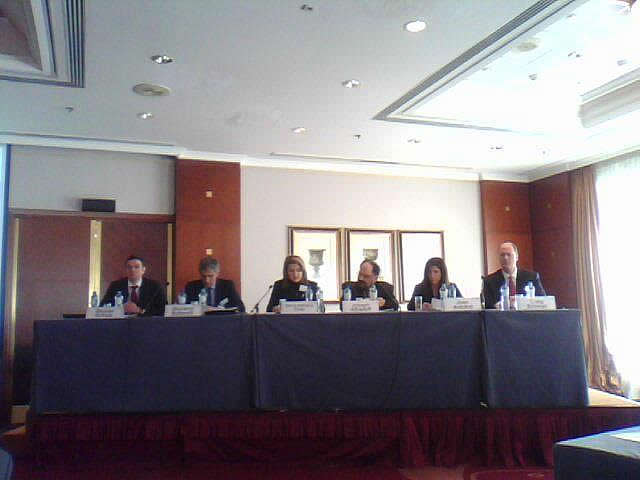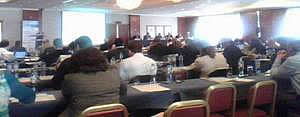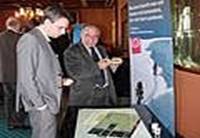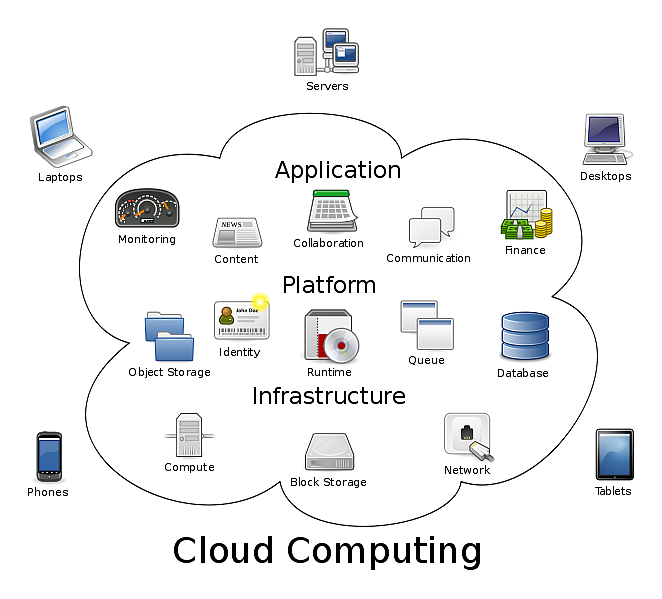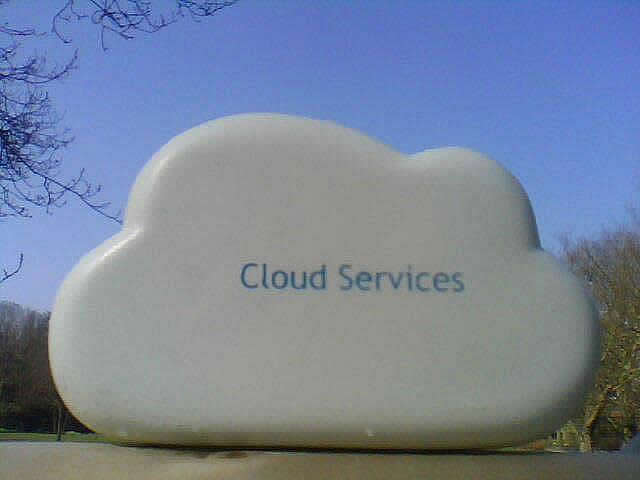
Cloud computing is the delivery of computing as a service rather than a product, whereby shared resources, software, and information are provided to computers and other devices as a utility over a network (typically the Internet). Cloud computing provides computation, software applications, data access, data management and storage resources without requiring cloud users to know the location and other details of the computing infrastructure. End users access cloud based applications through a web browser or a light weight desktop or mobile app while the business software and data are stored on servers at a remote location.
Cloud application providers strive to give the same or better service and performance than if the software programs were installed locally on end-user computers. At the foundation of cloud computing is the broader concept of infrastructure convergence (or converged infrastructure) and shared services. This type of data centre environment allows enterprises to get their applications up and running faster, with easier manageability and less maintenance, and enables IT to more rapidly adjust IT resources (such as servers, storage, and networking) to meet fluctuating and unpredictable business demand. Boundaries of cloud computing lie in economics rather than technical limitations. Layers of cloud computing are cloudapplications (software as a service - SaaS), cloudplatforms (platform as a service - PaaS and cloud-infrastructure (infrastructure as a service (IaaS). With cloud computing, one is not bound by device or location. Only a web browser and internet connection are required. |

